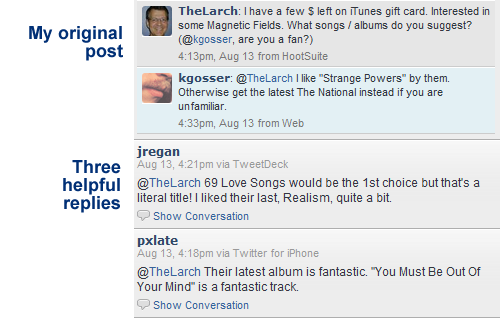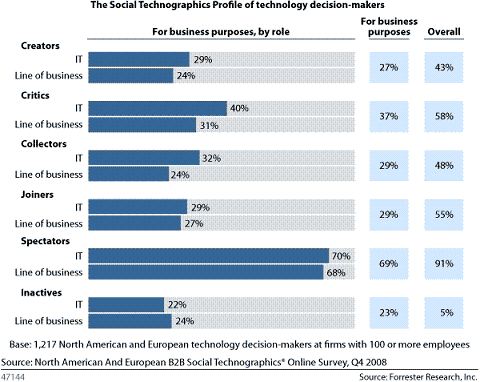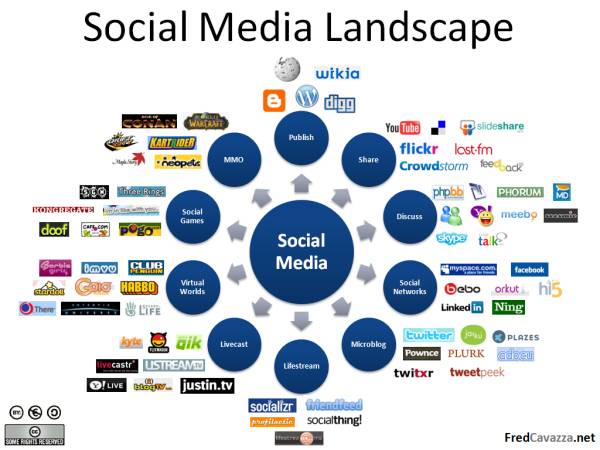Social network marketing (a.k.a. “social media”) has a mystique that will soon fade. That is both inevitable and a good thing.
It’s an effective technique that will join other similarly important marketing tactics. But hey, it’s not a cure for cancer. In fact, it ain’t even a shortcut to success, fame or riches!
At its best, when combined with hard work and a sure hand, social network marketing can help you sell stuff and improve customer service. (And I would say social media does far better at the latter than the former).

So: It will soon become yesterday’s news. Before it does, let’s remember its humble origins — or become acquainted with them for the first time.
Relationship Revolution
Before the web as we know it today was invented, Stanford sociologist Mark Granovetter wrote an influential paper called The Strength of Weak Ties. The ties he described, between acquaintances (as opposed to trusted friends and family, who supply strong ties), are what social media is all about. But get this: Granovetter first described them back when Richard Nixon was still in office.
I was reminded of this when I read a quote from the more recent past, by Michael Schrage.
You see, 13 years ago, while writing in something called the Merrill Lynch Forum, Schrage used the phrase relationship revolution. It didn’t stick as a buzzword, but its meaning and power has only grown.
Schrage was asked in the Forum to analyze how new technologies would transform businesses. His response follows:
Along every conceivable dimension — from the intimate to the institutional — digital media force both individuals and organizations to redefine what kind of relationships create value. [Schrage continued, to paraphrase:] The result of this paradigm shift isn’t about data and information, it’s about the value and priority that people place on the quantity and quality of their relationships.
The emphasis above is mine. Schrage and others wrote about weak ties as the power of consequential strangers — those who provide new value to us in this digital age. The new value can be as simple as helping us find new musical artists we’ll like (as I did in the screen capture above, using Twitter), or something as important as choosing a good school or seeking a reprieve from physically or social isolation.
All of this sounds far more recent than the mid-1990s (or the Nixon Administration!). It’s worth noting. As we all happily experiment in this exciting new medium — and before its bloom of “newness” has faded — let’s take a moment to remember the work of Granovetter and Schrage, and the power of consequential strangers.

